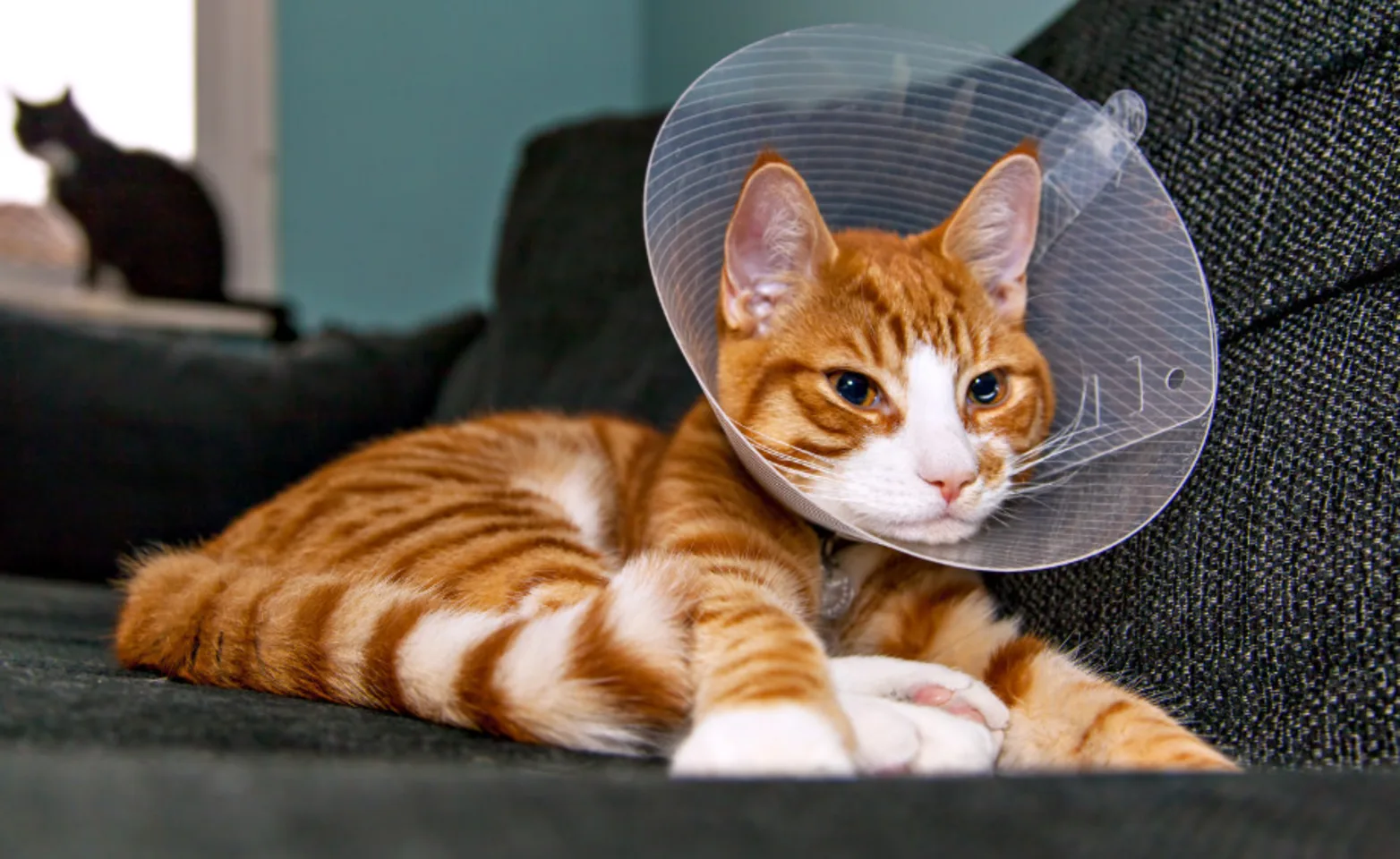Arizona Veterinary Emergency & Critical Care Center

Surgery Services

At AVECCC, we are equipped to handle any emergency surgery your pet may need, although not all health problems require surgery.
It's important to know that not all surgical procedures can be performed as an emergency service. In such situations, it's best to consult a board-certified surgeon. At AVECCC, our experienced emergency veterinarian will work with you to discuss your pet's surgical options and help you choose the best medical plan for your furry friend. If your pet requires complex surgical procedures, our sister hospital, ARISE Veterinary Center, has a board-certified surgeon available on-site for consultation. Please click here to learn more about this location. >
Surgical Procedures Offered
Some of the most common procedures that we offer include:
Laceration and bite wound repair
Lacerations are deep or superficial wounds caused by sharp objects. Our team can perform surgery to repair these wounds under local or general anesthesia.
Gastrointestinal surgeries including foreign body removal and GDV correction
Foreign body surgery removes objects from a pet's digestive tract. A vet can use touch or x-rays to locate it. They may open the stomach or intestines or perform an endoscopy to remove it.
Gastric dilation-volvulus syndrome (GDV) is a life-threatening condition in dogs where the stomach twists and causes gas build-up. It requires emergency surgery to decompress the gases and correct the stomach's position.
Ocular surgeries including enucleation (removal of the eye) and temporary tarsorrhaphy (temporary surgical closure of the eyelid)
Animals may suffer from eye diseases, vision problems, and degenerative conditions that may require surgical intervention. The two most common ocular surgeries are enucleation and temporary tarsorrhaphy. Enucleation is best for conditions like blinding painful glaucoma, severe trauma, or intraocular malignancy. Temporary tarsorrhaphy stitches the upper and lower eyelids to keep the eye closed while healing from an injury or other surgical procedure.
Reproductive surgeries including emergency ovariohysterectomy for pyometra and C-section.
Pyometra is a dangerous infection in pets where the uterus fills with pus. To prevent the infection from spreading, surgery is necessary to remove the uterus and ovaries. If your pet is pregnant, a caesarean section may be necessary to remove the pups safely.
Splenectomy
Splenectomy is the surgical removal of the spleen. Your dog or cat may need a splenectomy to treat splenic neoplasia, rupture, torsion, or abscesses. Depending on the severity of your pet's condition, the splenectomy may be done laparoscopically or as part of a full open abdominal exploratory surgery.
Placement of thoracostomy tubes, temporary tracheostomy tubes, esophageal feeding tubes, and hemodialysis catheters
Pets may require medical devices like thoracostomy tubes, esophageal feeding tubes, or hemodialysis catheters to address issues like fluid or air buildup, feeding difficulty, or dialysis needs. These devices are surgically implanted to drain excess fluid or air, provide essential nutrients, or administer dialysis.
